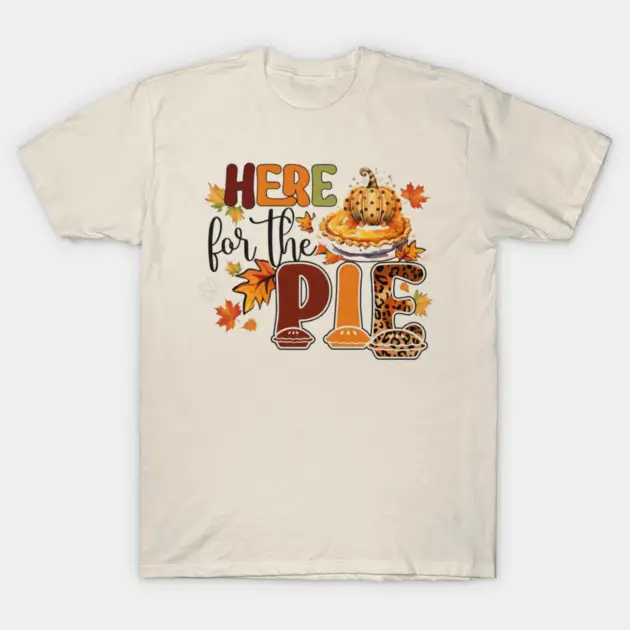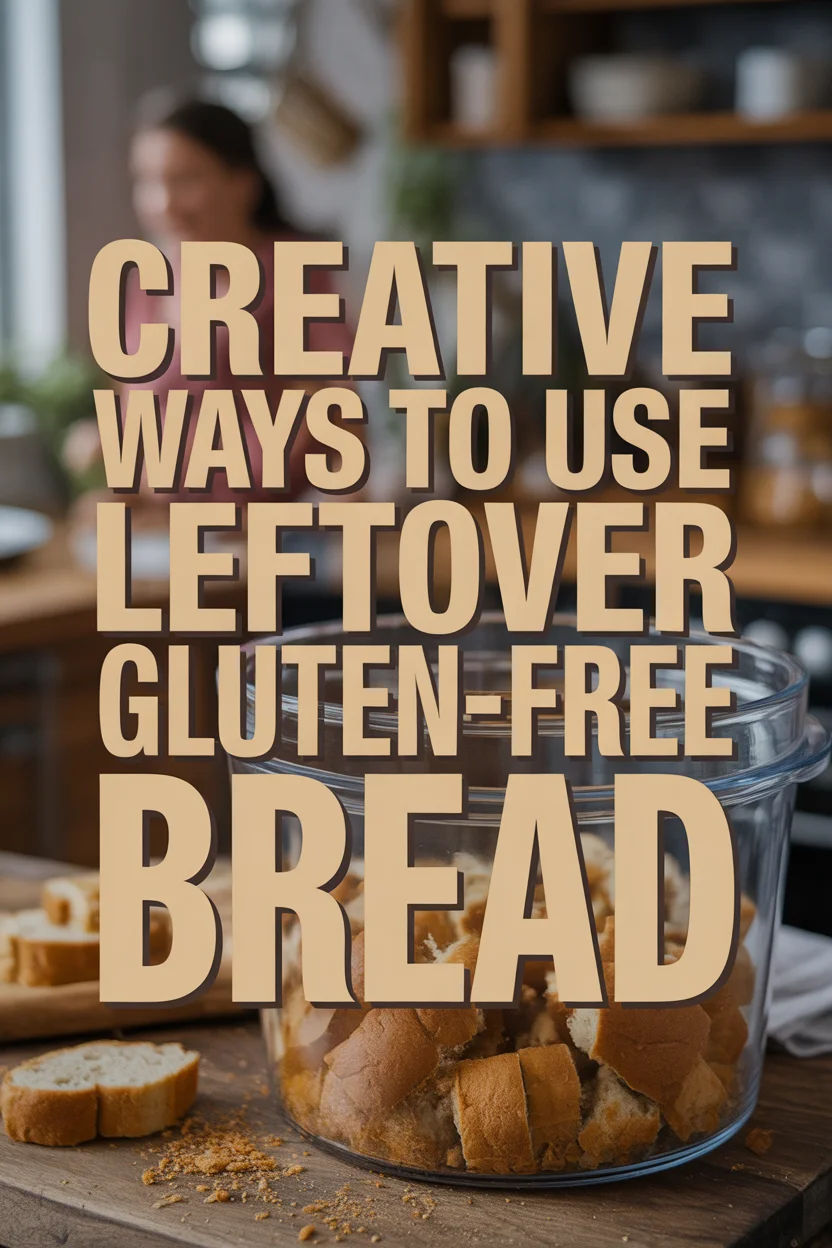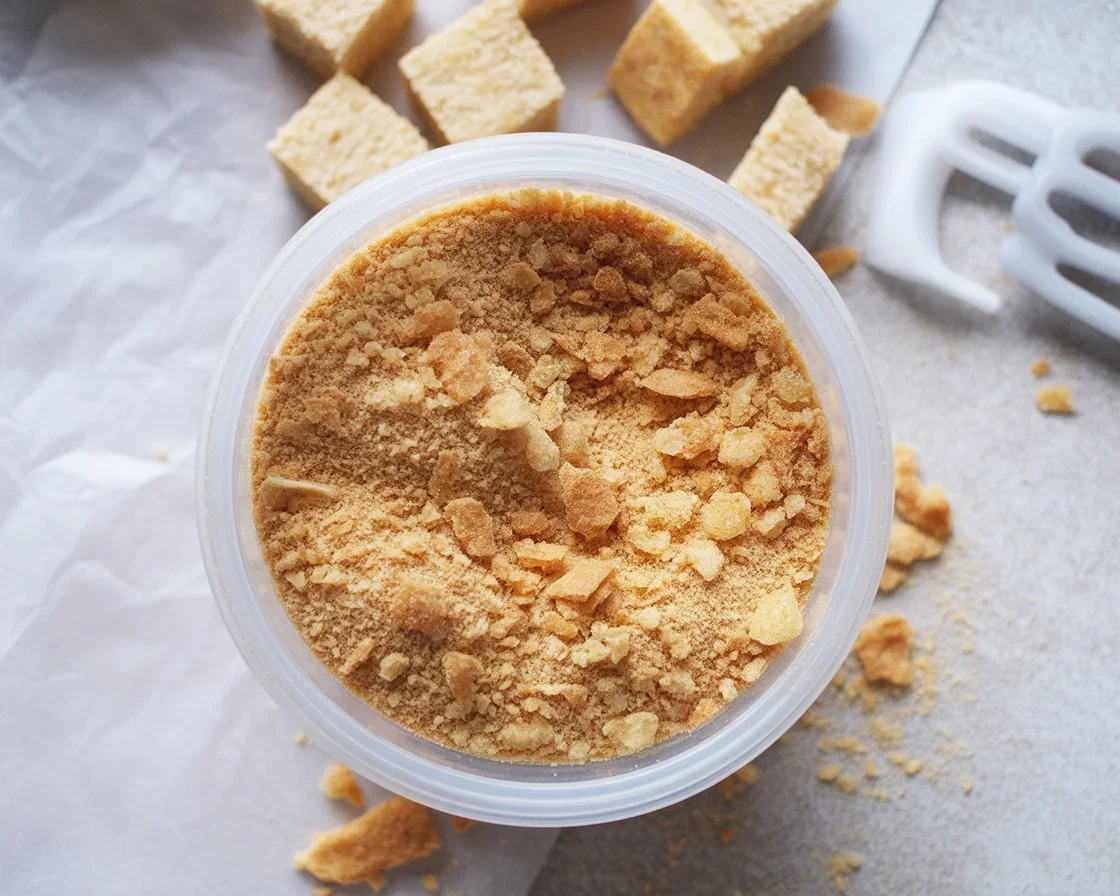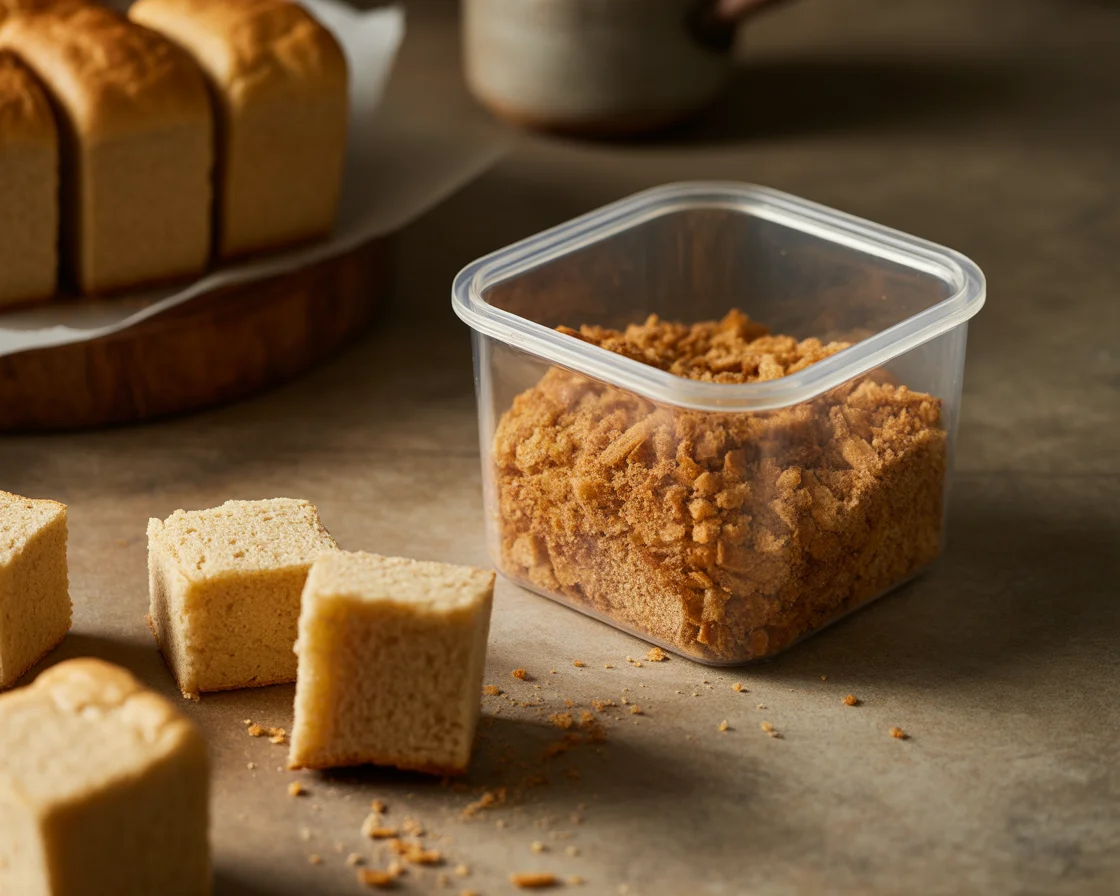Creative Ways to Use Leftover Gluten-Free Bread is something I seem to Google after every holiday. I mean, wasting food is just the worst, right? Whether you whip up your own or snag your favorite from the store, stale gluten-free bread happens. It dries out quicker than you want, but nope, you don’t have to toss it.
The problem of food waste is staggering. According to USDA statistics, food waste is estimated at between 30-40 percent of the food supply in the United States, corresponding to approximately 133 billion pounds and $161 billion worth of food in 2010. With bread being particularly prone to staling and disposal, finding creative uses for leftover loaves becomes both an environmental and economic imperative.
If you ever wondered about the possibilities beyond boring toast, stick with me and prepare to get inspired. Seriously, these ideas fit any kitchen skill, especially if you’ve checked out the artisan gluten-free bread guide.
Understanding Why Gluten-Free Bread Goes Stale Faster
Food science research on bread staling explains that the high loss rate of bread is generally known to contribute to the alarmingly high numbers in worldwide food waste, with correct storage techniques believed to enable the reduction of preventable food waste.
Gluten-free breads tend to stale faster than wheat-based breads due to their different protein and starch structures. This makes it even more important to have creative strategies for using up those leftover slices and ends.
For tips on keeping your bread fresh longer in the first place, check out our comprehensive guide on storing gluten-free bread.
Creative Ways to Use Leftover Stuffing

Okay, let’s just keep it real—gluten-free bread costs a chunk of change, so let’s not waste even the crusty ends! Whether you’re working with homemade bread from our rustic gluten-free boule recipe or grabbing the best store-bought gluten-free bread, turning it into stuffing is a classic transformation.
Surprisingly, it makes some killer stuffing. Getting those classic herby flavors using gluten-free bread is super doable, but here’s the kicker—you can jazz it up with whatever’s hanging out in your fridge. Toss in mushrooms, leftover roasted carrots, or heck, some wild rice if you want big bite. If your stuffing’s already cooked up, crumble it and fry in a pan with a splash of broth for crispy breakfast hash. Trust me, I’ve even spread cold stuffing on toast (not even kidding, it is wild comfort food).
And hey, if you’re still learning the ropes with gluten-free bread, the gluten-free bread recipes for beginners could help you get that perfect loaf for next time.
“This guide helped me turn dry leftover stuffing into an amazing brunch—my kids *never* even knew it was repurposed!”
— Lydia, Seattle
| Tip | Description | Best For |
|---|---|---|
| Stuffing Omelet | Add crumbled stuffing to beaten eggs for a flavorful breakfast. | Quick Breakfast |
| Crispy Topping | Mix stuffing with butter, bake, and use as a topping for casseroles. | Savory Dishes |
| Stuffing Muffins | Combine stuffing with eggs and bake in a muffin tin for a snack. | Appetizers |
| Savory Soup | Blend with broth for a thick, hearty soup. Perfect for chilly days. | Comfort Food |
| Quick Meatballs | Mix stuffing with ground meat and an egg, then bake for an easy dinner. | Family Meals |

Unique Stuffing Recipes for Leftovers
So here’s where things get wild. Leftover stuffing can be transformed, not just reheated. My personal favorite? Stuffing muffins. Seriously! Just mix your stuffing with a bit of beaten egg and pack into a muffin tin. Bake it till you get cute golden tops and serve ’em up with soup—automatic crowd-pleaser. You can also smoosh your leftovers into a waffle maker. Sounds nuts, but you get crispy outsides, and who doesn’t want more crunchy goodness?
For anyone with more of a sweet tooth (I see you), try tossing leftover stuffing with diced apples, a sprinkle of cinnamon, and a splash of almond milk for a kind of bread pudding thing. Not everything needs to look picture-perfect. My first try looked wobbly, but the flavor was magic.
If you’re working with specialty breads, try experimenting with our cheesy gluten-free artisan bread or gluten-free artisan rye bread for unique stuffing flavors.

Easy Stuffing Variations for Quick Meals
Running short on time? Here come the life hacks. Sometimes you just want to eat and get on with things. That’s where leftover gluten-free stuffing steps up.
- Stuffing Omelet: Toss a chunk into your eggs in the skillet for a speedy, hearty breakfast.
- Crispy Topping: Zap stuffing in the oven and use as a crunch on creamy casseroles.
- Soups & Stews: Stir in a scoop to any soup and watch it thicken right up—total game changer if you’re a texture person.
- Quick Meatballs: Mix cramps of leftover stuffing with ground meat and an egg. Roll and bake for the easiest no-recipe dinner.
This kind of scrappy cooking always blew my mind. Like, who knew yesterday’s bread could pull off such a comeback?

The Economic Impact of Reducing Food Waste
Beyond the environmental benefits, reducing food waste has significant economic advantages. Research indicates that households could save about $370 per person annually by reducing food waste. Imagine what a family of four could do with an extra $1,500 each year – and that includes making the most of every loaf of expensive gluten-free bread!
How to Transform Stuffing into New Dishes
If you’re like me, sometimes leftovers just stare at you from the fridge…kinda accusingly. One of my wildest experiments? I blended leftover gluten-free stuffing with a bit of broth in the blender (yup, I know). Warm it up and bam! You’ve got a thick, savory soup. Also, sandwich time! Slice that stuffing loaf style, sear in a hot pan, and build a breakfast sandwich with egg and cheese stacked in between. Actually, that’s practically a five-star restaurant move, if you ask me.
Layering leftover stuffing in a little baking dish and topping with shredded rotisserie chicken, then smothering with gravy, makes an instant casserole. My cousin even tried slicing cold stuffing and grilling it next to sausages for a brunch platter that everybody devoured. I could’ve eaten the whole plate myself, oops.
Modern Bread-Making Solutions
For those who want to reduce waste from the start, consider exploring automated options like our guide to gluten-free bread artisan bread machine methods, which can help you make smaller, more manageable loaves.
Understanding your flour options can also help create breads with better keeping qualities. Check out our comprehensive guide to gluten-free flour blends to learn which combinations tend to stay fresh longer.
Tips for Storing and Reheating Leftover Stuffing
Nothing ruins leftovers like, well, sad reheating. Want to keep your stuffing tasty? Keep it airtight—really lock it down. I like using glass containers more than plastic ones, probably just a personal quirk. Freeze smaller portions, then reheat gently in the oven covered with foil and a sprinkle of broth. Microwave? Eh, works in a pinch, but oven is best for reviving crispy edges. Patience pays off, I promise.
If you’re pre-planning big meals, stash some plain gluten-free bread cubes in the freezer for instant stuffing later on.
Beyond Stuffing: Other Creative Uses for Stale Gluten-Free Bread
Bread Crumbs: Process into fine crumbs for coating proteins or adding texture to meatballs and veggie burgers.
French Toast Casserole: Cube stale bread, layer with custard mixture, and bake for an impressive brunch dish.
Croutons: Toss cubes with olive oil and seasonings, then bake until golden for salad toppers.
Bread Pudding: Both savory and sweet versions work beautifully with gluten-free bread.
Panzanella: The Italian bread salad that celebrates stale bread mixed with fresh tomatoes and herbs.
Common Questions
Absolutely! Freeze in individual portions and thaw overnight in the fridge for the best texture.
Yep, spread it on a baking sheet and bake at 350°F till it crisps up. Sometimes I broil for just a minute for extra crunch.
Cut into cubes, toast, and use as salad croutons or blitz for breadcrumbs.
Totally—pair with fruit (like apples or pears), cinnamon, and maybe a splash of plant milk for a quirky bread pudding vibe.
They sure do! Use plant-based broth and your favorite vegan butter if needed. Gluten-free bread is so versatile, it rarely lets you down.
Making the Most of Every Loaf
The key to reducing waste is planning ahead and getting creative with what you have. Whether you’re working with artisan loaves you’ve crafted yourself or the best store-bought gluten-free bread you’ve found, every piece of gluten-free bread has potential beyond its first use.
Remember, gluten-free bread is an investment – both financially and in terms of your health needs. By transforming leftovers into new, exciting dishes, you’re not just reducing waste; you’re maximizing the value of every loaf while discovering new flavors and textures along the way.
Food waste reduction isn’t just about saving money (though that $370 per person annually sure helps!). It’s about respecting the resources that went into producing that bread and finding joy in creative cooking that turns yesterday’s leftovers into today’s delicious meals.



